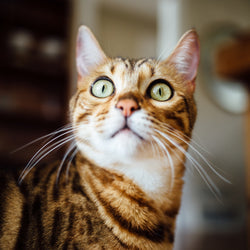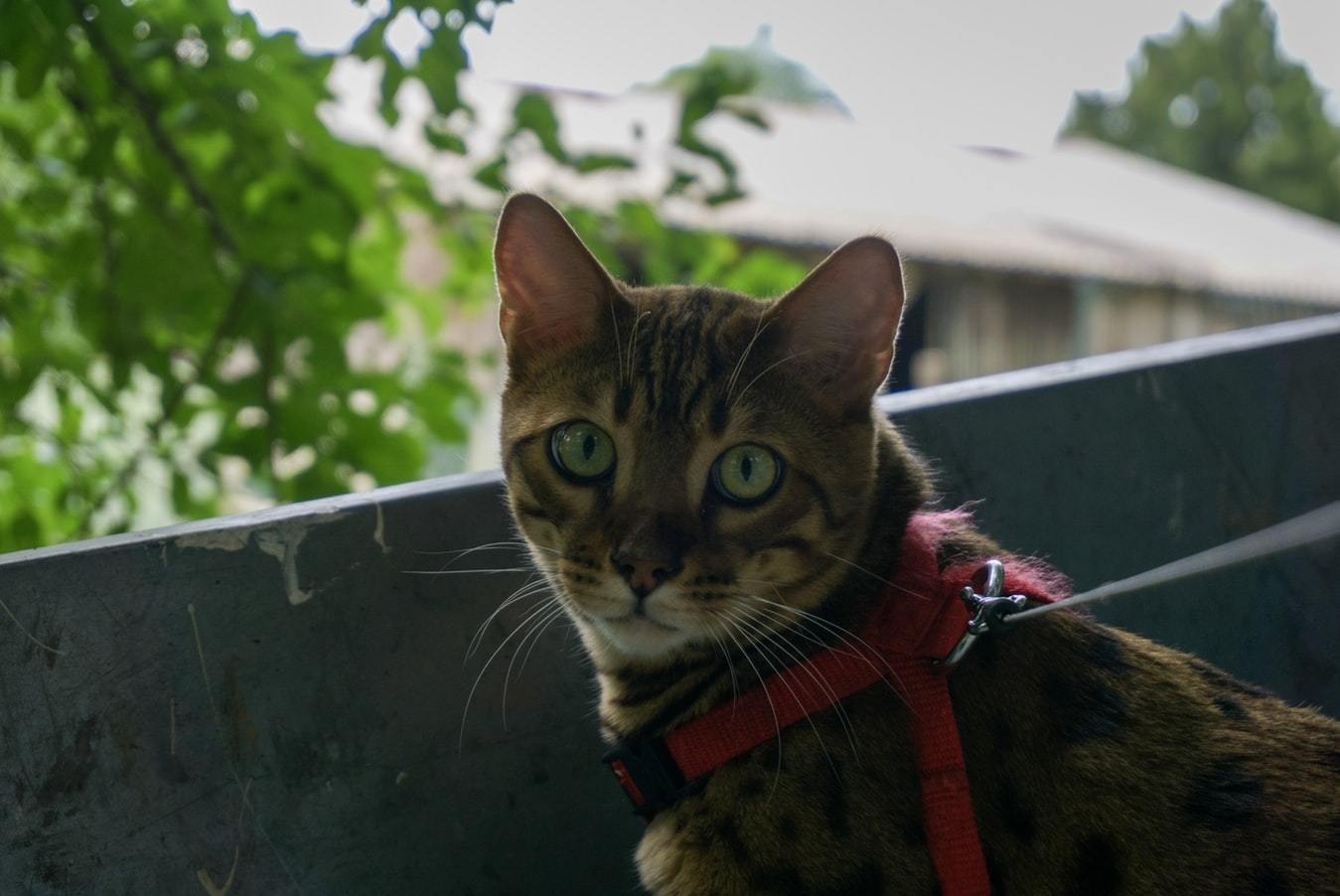
Are Bengals Hypoallergenic?
Many of us have an understanding of hardship, maintaining allergic reactions. To prevent issues, we take necessary measures to determine the cause of our allergies. Once we pinpoint the triggers, we try our best to avoid them. The common question is, are Bengals hypoallergenic? The answer is yes; however, it is often confused that hypoallergenic is “without causing an allergic reaction.” Hypoallergenic is relatively less likely to cause an allergic reaction

🐈Bengals Do Not Produce Fel d1
The allergen most cats have is Fel d 1. Fel d1 is in skin cells, urine, and cat saliva. The reason why people react to it more commonly than dogs is because of their weight. Its weight is very light and allows it to stay airborne for a much longer time. When it is airborne longer, it has a better chance of entering the lungs. The Fel d 1; is also quite sticky.

🐱Bengals Shed Much Less Than Most Cat
Bengals have one coat. Having a single coat means much less fur than double-coated kitties. It is extremely short, sleek, and requires less grooming. There is less reason to lick and spread dander.
💡Tips
- A raw diet will improve the quality of a cat's fur. The skin uses most of the protein your cat eats each day. A raw diet provides all of the nutrition a cat needs. There are studies and cases where a raw diet completely removed allergies sufferer's issues.
- A HEPA filter with UV assists in the removal of airborne particles that may contain protein floating around the air of our home. Cleaning your house will get rid of other causes such as dust mites that eat dander. Hardwood floors or tile instead of carpet are easier to clean and won’t retain as much dander as carpet or rugs.
- Vitamins such as Omega 3 fatty acids improve skin and fur.
- Find a local breeder that may let you borrow one for a day or two.
| - Consult an allergist.




Leave a comment
This site is protected by hCaptcha and the hCaptcha Privacy Policy and Terms of Service apply.